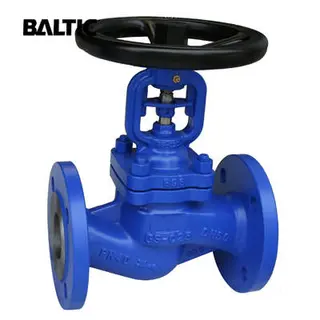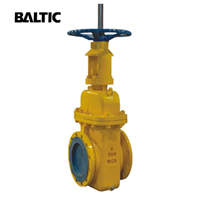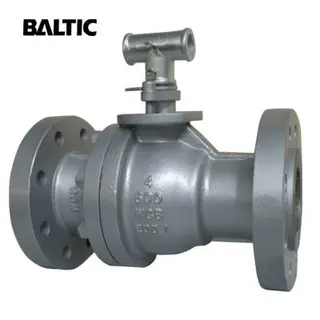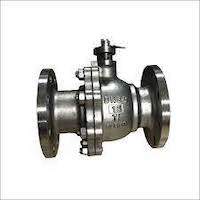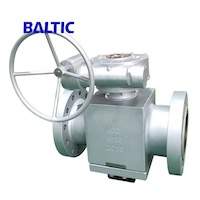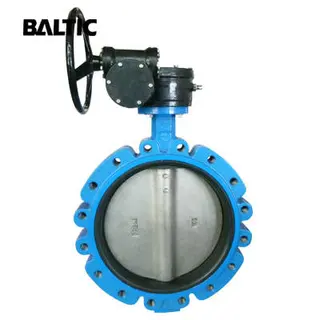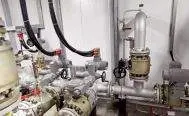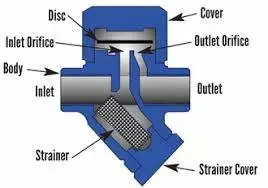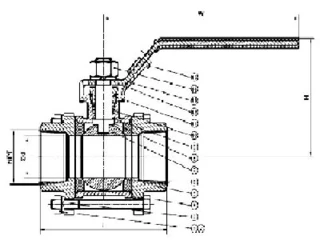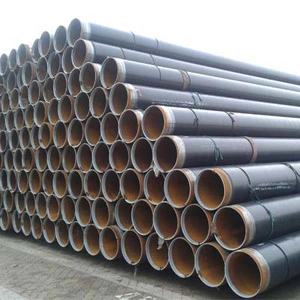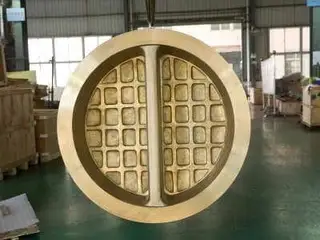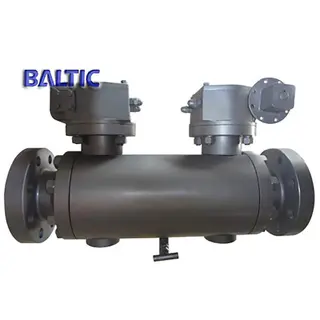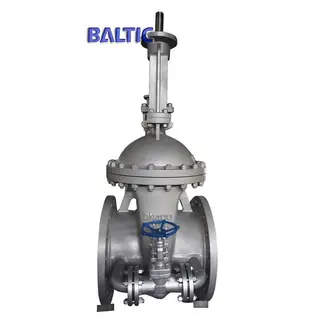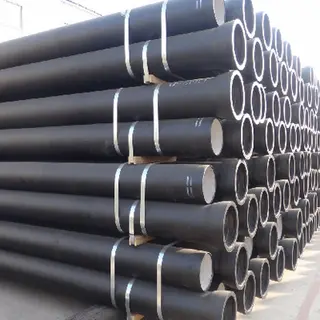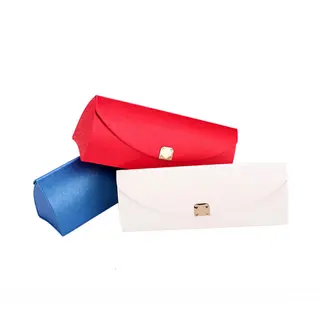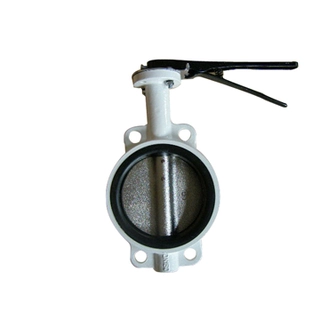Analysis of the Pros and Cons of Common Industrial Valve Types
4.1 Ball Valve
The ball valve evolved from the plug valve through design optimization. Its opening and closing components use a spherical sealing structure, allowing the ball to rotate around its axis to perform opening and closing operations. Ball valves offer several advantages: they feature a simple, compact design and low overall weight, making them ideal for low-temperature fluid systems. Thanks to their unique design, ball valves perform reliably in a wide range of environments, and they can maintain excellent sealing performance even under high-temperature and high-pressure conditions. The opening and closing operations are extremely quick and cause no impact or vibration. When fully open or closed, the ball forms an isolation barrier with the valve body, preventing high-speed fluids from eroding the sealing surface. Ball valves also provide excellent sealing and pressure resistance, making them suitable for underground installations, where they can have a service life of up to 30 years.
However, ball valves also have limitations. Although they exhibit outstanding sealing performance, their sealing rings are typically made of polytetrafluoroethylene (PTFE). While PTFE has many advantages, it also has a high thermal expansion coefficient and is susceptible to cold flow, making the sealing design of the valve body critical. If the sealing material is damaged, the valve's sealing reliability can be significantly compromised. Furthermore, PTFE has relatively poor high-temperature resistance. In general, it is not recommended for use in environments exceeding 180°C. Beyond this temperature, the material ages more rapidly, which can shorten the valve’s service life.
4.2 Globe Valves
The globe valve has several notable characteristics. Thanks to its relatively simple structure, it is easy to manufacture and maintain. It also provides excellent sealing performance because the valve disc and valve seat form a tight seal without sliding against each other, which helps prevent wear on the sealing surface and effectively extends the valve’s service life. The globe valve offers a relatively fast response time during operation. However, although the valve disc travels only a short distance, it requires considerable torque to operate, which can make opening and closing the valve relatively slow. One of the main disadvantages of globe valves is the high flow resistance. The internal fluid flow path often changes direction, resulting in a higher minimum resistance value and increased operating pressure. Additionally, globe valves generally require more time to open and close compared to other valve types.
4.3 Safety Valves
Safety valves are widely used in pressure equipment such as boilers, pressure vessels (e.g., storage tanks, heat exchangers), and industrial pipelines. When the pressure of the medium exceeds the specified range, the safety valve automatically opens to release the excess pressure. Once the pressure returns to the predetermined level, the valve closes automatically, providing essential protection for pipelines and related equipment. Currently, various types of safety valves are used in different applications, with spring-loaded safety valves being particularly common.
There are two primary methods for calibrating a safety valve: on-site calibration and calibration bench testing. The results can vary under different calibration conditions, so it is important to choose the most appropriate method based on the actual usage. A key advantage of on-site calibration is that it allows for an accurate measurement of the return seat pressure. However, this method carries certain risks, as it requires multiple cycles of opening and closing the system (or valve), and it is not possible to conduct a sealing test. The advantage of calibration bench testing is that it allows the safety valve to be calibrated under normal temperatures, making it easier to accurately determine the error in the valve's opening pressure in a short period. However, a significant disadvantage of calibration bench testing is that the pressure data obtained under operating temperature and normal temperature conditions can vary significantly, making it difficult to accurately calibrate the return seat pressure.
5. Future Trends and Applications of Industrial Valves
With the ongoing advancement of industrial automation and smart technologies, valve design increasingly emphasizes seamless integration with control systems to enable remote operation and intelligent monitoring. This shift supports the growing demand for high precision and reliability. Additionally, the reinforcement of environmental regulations is pushing valve development toward more eco-friendly and energy-efficient solutions, such as the use of low-carbon materials and the improvement of energy performance. The research and application of advanced materials such as ceramics and composites for valve manufacturing present new opportunities for the evolution of mechanical control valves.
In industrial sectors like oil and gas, chemicals, power generation, and metallurgy, valves hold an indispensable role. As these industries impose stricter demands on valve technology, particularly in high-temperature, high-pressure, and corrosive environments, greater expectations are being placed on valve materials, structural design, and overall performance. Consequently, the primary direction of future development will be to engineer advanced valves capable of meeting extreme environmental challenges. Key trends will include product design innovation, functional diversification, and easier installation and maintenance.
From a technological standpoint, future valve development will focus on the following areas:
Material innovation: Development of new materials resistant to high temperatures, high pressures, and corrosion to extend service life and enhance performance
Structural optimization: Improvements in valve design to boost flow efficiency and ensure reliable sealing
Intelligent control: Integration of modern control systems and sensor technologies to enable remote operation and real-time monitoring
Environmental protection and energy efficiency: Design of low-carbon, eco-friendly valve products to meet increasingly stringent environmental regulations
6. Conclusion
Thanks to their robust mechanical structure and efficient operating principles, valves can maintain stable performance across a wide range of working environments, including harsh and demanding conditions. This consistent reliability has earned them widespread recognition and trust. Valves offer users various control options, such as manual, electric, and pneumatic, allowing for flexible adaptation to different applications and requirements. Additionally, the use of corrosion-resistant materials enables valves to effectively handle aggressive media. Their high resistance to temperature and pressure makes them particularly well-suited for use in extreme environments.
However, alongside these advantages, valves also present certain drawbacks. For example, high maintainability implies that valves require regular upkeep to ensure proper functioning and to extend their service life. Due to their complex mechanical structures, valves are prone to wear, corrosion, and other environmental impacts over time. To maintain sealing integrity and control performance, regular maintenance, cleaning, or component replacement is essential, particularly in high-temperature, high-pressure, or corrosive environments where parts are more prone to damage and operational costs may increase.
Moreover, valve performance can be affected by various environmental factors such as temperature, humidity, and contaminants in the system. These influences can reduce operational efficiency and compromise sealing performance. Prolonged use may also lead to wear and erosion of internal components, further shortening the valve's service life. In summary, valves play a vital role across numerous industries due to their exceptional stability and reliability. Nonetheless, challenges such as maintenance demands and environmental susceptibility remain. Therefore, continuous technological innovation and design optimization are essential to further improve valve performance and durability, ensuring they meet the evolving demands of the market.
Send your message to this supplier
Related Articles from the Supplier
Types of the Globe Valve
- Jul 13, 2020
Types and Selection of Electric Valves
- Dec 01, 2020
Analysis of Corrosion of Plug Valve Lining
- May 14, 2023
The Selection and Application of Butterfly Valves
- Oct 15, 2020
Related Articles from China Manufacturers
Pros and Cons of High Temperature Butterfly Valve
- Dec 28, 2020
Standards of the Pros and Cons of Kids Wear
- Feb 08, 2017
Exploring the Versatility of Slab Gate Valves
- Dec 12, 2023
What Is the Cracking Pressure of Check Valves?
- May 19, 2023
Related Products Mentioned in the Article
balticvalve
- http://www.baltic-valve.com/
- Address: 厦门市思明区新景海韵园225号602室
- Phone: 0592-8266140
- Business Type: Trading,
Supplier Website
Source: https://www.baltic-valve.com/analysis-of-the-pros-and-cons-of-common-industrial-valve-types.html

